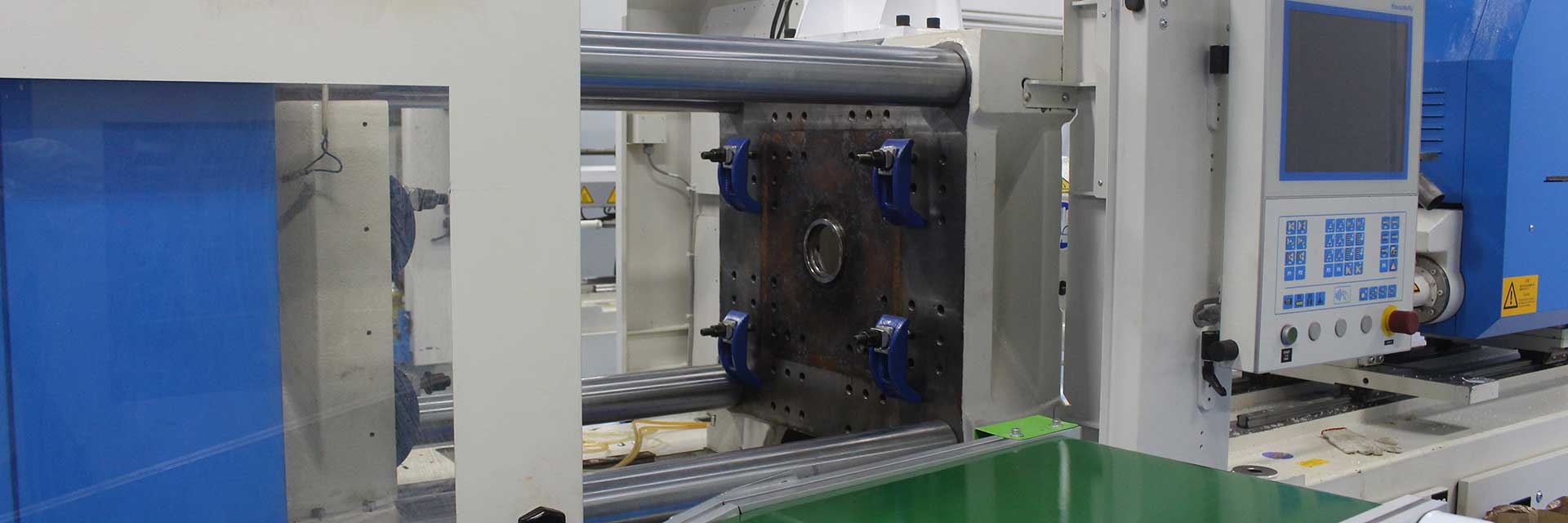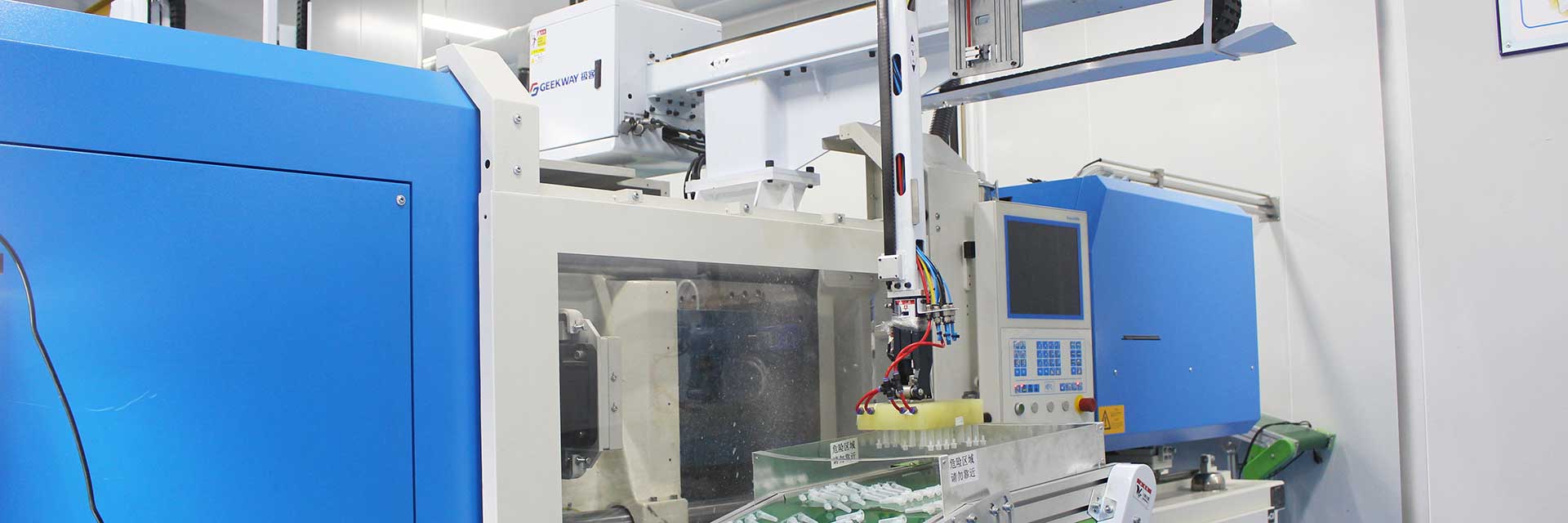Medical-grade silicone offers several benefits that cater to the challenges of complex designs in medical devices:

- Biocompatibility
Silicone is inherently biocompatible, meaning it is non-toxic and safe for long-term contact with human tissue and bodily fluids. This property makes it suitable for implants, medical devices, and prosthetics that require prolonged interaction with the body without causing adverse reactions. - Flexibility and Elasticity
Silicone is highly flexible and elastic, offering exceptional stretchability without permanent deformation. This makes it ideal for complex medical designs that require components to bend, stretch, or compress while maintaining their structural integrity. Examples include flexible tubing, gaskets, seals, and wearable devices that must conform to the body’s contours. - Temperature Stability
Silicone exhibits excellent thermal stability, capable of withstanding both high and low temperatures without losing its properties. It remains functional in environments ranging from -100°C to 250°C (-148°F to 482°F), making it suitable for medical devices used in a variety of conditions, including those that undergo sterilization processes or experience temperature fluctuations, such as sterilized surgical tools or implants in body temperatures. - Chemical Resistance
Silicone is resistant to degradation by many chemicals, including common disinfectants, bodily fluids, and pharmaceuticals. This chemical resilience makes silicone components highly durable and capable of maintaining their performance and integrity in environments where they are exposed to various chemicals, sterilizing agents, or environmental contaminants. - Transparency and Optical Clarity
Silicone can be formulated to be clear or translucent, offering high optical clarity. This is especially important in applications such as medical tubing, surgical drapes, or diagnostic devices where visibility and clarity are essential for monitoring fluid flow or patient health conditions. Clear silicone helps maintain the integrity of medical processes by allowing for easy inspection. - Sterilization Compatibility
Medical-grade silicone can be sterilized using a variety of methods, including autoclaving, gamma radiation, and ethylene oxide (EtO) sterilization. This ability to withstand sterilization procedures ensures that silicone components can be safely used in sterile environments such as operating rooms and laboratories.




